Five Things from the ‘70s That No Longer Exist
Remembering some bygone traditions from the viewpoint of a Gen Xer.
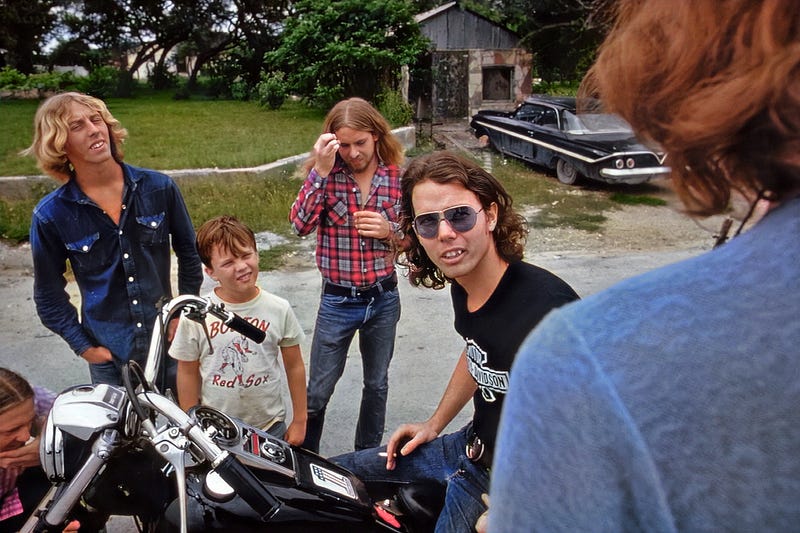
I was born in 1968 and raised in the Midwest. As a Gen Xer, the experiences I had growing up in the ‘70s probably had more similarities with people growing up in the ‘50s than growing up in the ‘90s.
This most likely had as much to do with the region of the United States my family lived in and our economic status as it did with the actual technology of the time.
Although air conditioning certainly existed, only a handful of homes in our neighborhood and very few of our schools had air conditioning in the ‘70s.
Even though the world was quickly changing, I can remember some traditions from earlier times that were starting to disappear but were still around when I was young.
Here are a few things that most Millennials and even some later Gen Xers probably have never actually seen in use.
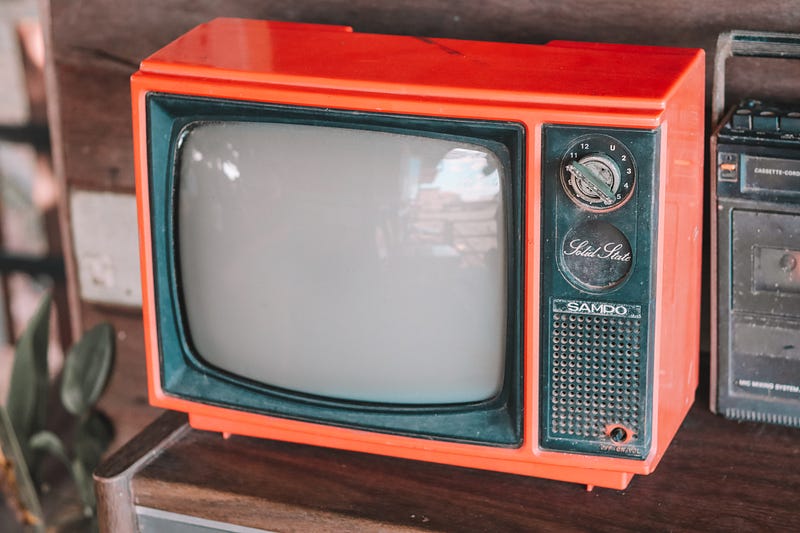
1. Specific services to your home
In the late ‘60s and early ‘70s, we still had a milkman, diaper services, and television repairmen.
Many people still had metal boxes on their front porches and the milkmen would pick up empty glass bottles and leave milk on their doorstep.
You could still actually leave a bag of dirty cloth diapers for someone to pick up and they would replace it with a stack of clean diapers.
If a tube went out in your television, you would pay someone who came to your house in a van filled with parts and fixed your television in your own home.
2. Different grocery products
Plastic two liters of pop came about in the ‘70s. Before that, you bought it in returnable, glass bottles.

Wonder Bread came with trading cards.
TV dinners were in foil trays and had to be cooked in the oven. The dinners always came with desserts and sometimes even had packets of powdered chocolate milk.
3. Music and movie formats
Of course, music could be bought on vinyl, but you could also get it on 8-track tapes. As cassettes became popular, you could convert your 8-track player found in older cars with a cassette converter.
VHS became popular in the ‘70s and video rental stores popped up everywhere. There was always a smaller section in each video store for the VHS rival Betamax that never really took off.
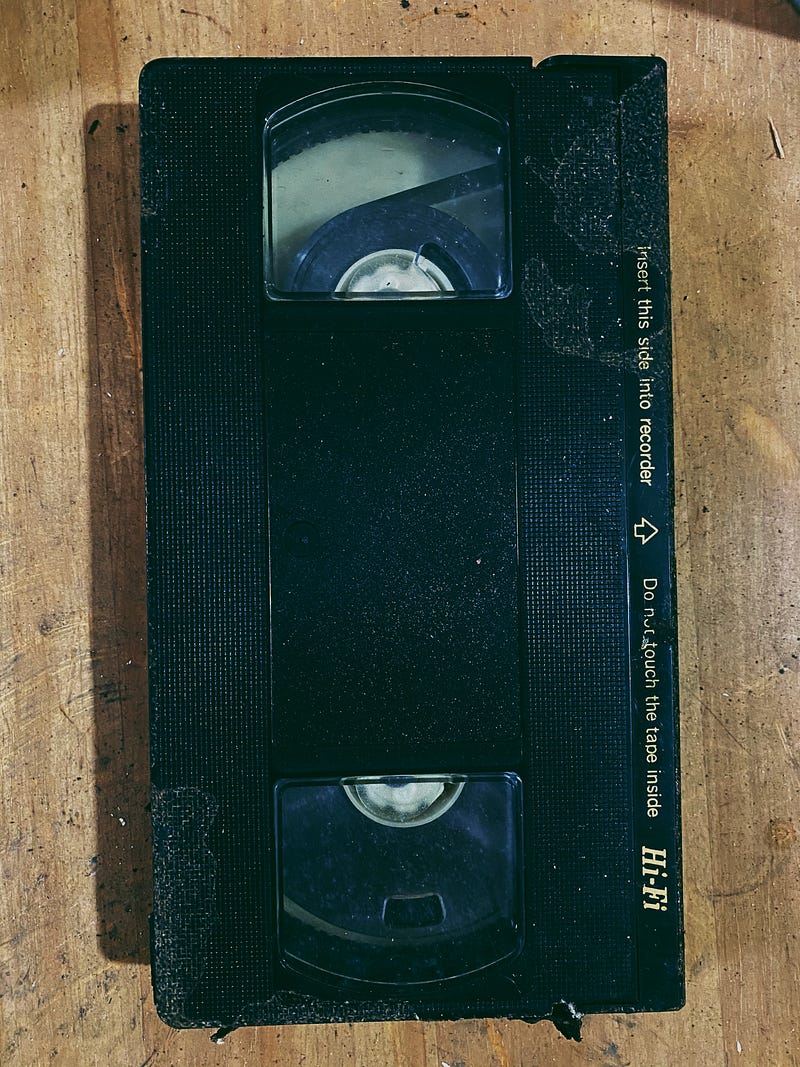
There was also a laser disc home system for movies that was sort of a cross between a record and future DVDs, but these never really competed well against the more popular and cheaper VCRs that played VHS tapes.
4. Automobile features
Cars came with bumper jacks instead of the smaller compact scissor jacks.
To turn your bright headlights on and off, there was a button you operated with your feet.
Older vehicles from the 60s were our used cars of the ‘70s. They often still had manual transmissions with the shifter sometimes on the steering column. We called these “on the tree”.
Many automobiles had a manual choke that changed the fuel to air mixture that you pulled out to start the car when it was cold.
We had station wagons instead of minivans that often had a kid-favorite rear-facing bench seat in the very back.
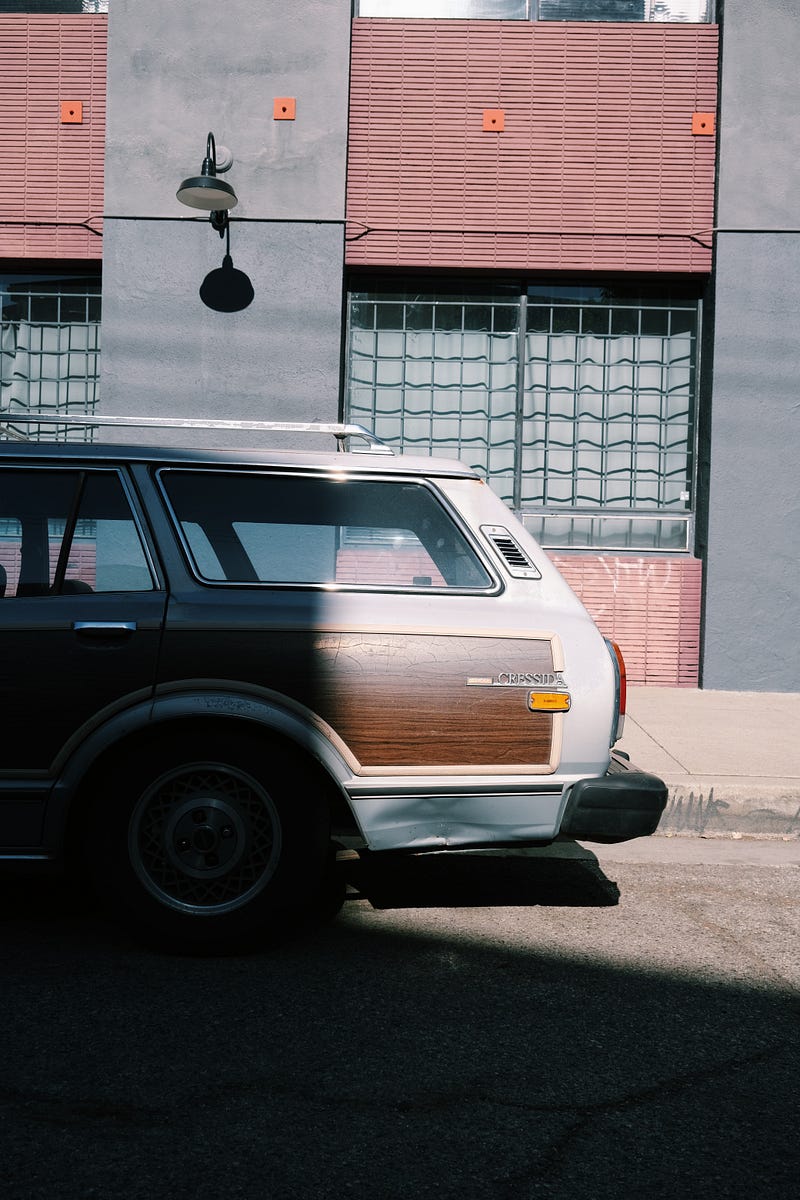
When you got gas, the kind of gas you got usually dependent on the age of your vehicle. Your choices were Unleaded and Regular. Unleaded vehicles were newer. The nozzle on the Regular handle would not fit into your Unleaded gas tank.

5. Changing telephones
Phones were mostly rotary dials and often hung on the wall. Many houses still only had one phone located in the kitchen.
You memorized your friends and family’s numbers and the movie line. There was also a time and temperature line that you could call.
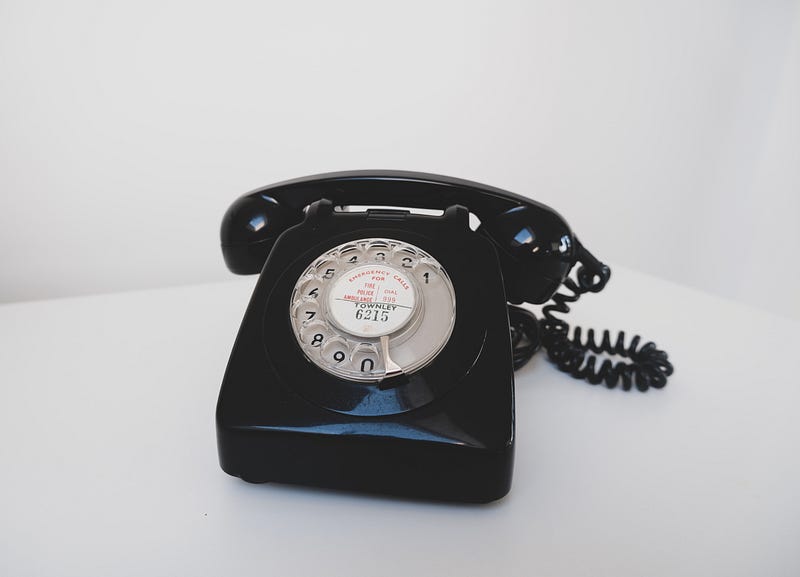
If you did not know a number, you could dial zero and an operator would connect you but there was an extra charge for it.
Long distance was expensive so you often waited until after 11 pm when the rates would go down to make those phone calls.
We didn’t have cell phones, but payphones could usually be found within a block and a local phone call would cost a dime.
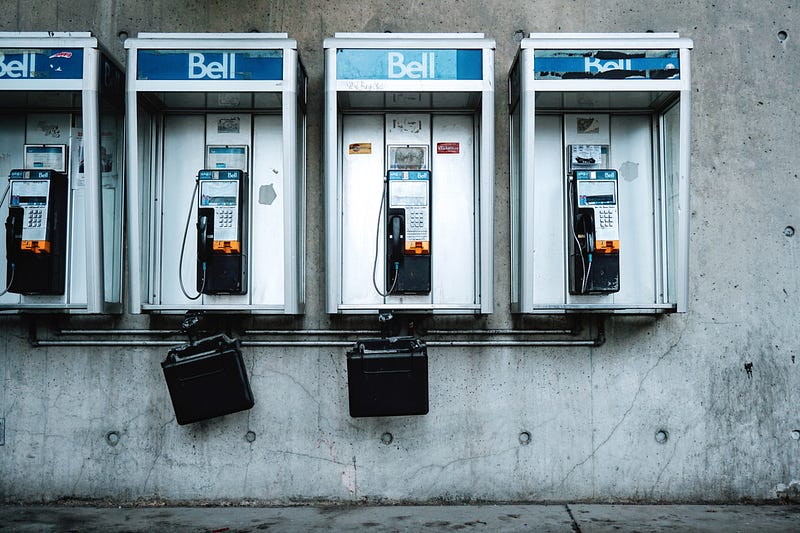
Entering the ‘80s, some of the traditions with phones, movies, and music still hung on but many things started giving way and opened the door for the technology revolution of the ‘90s. As with many things, Gen Xers learned to live easily and move fluidly between both worlds.
For other nostalgic posts from Curt:





